Summary
- The Marine Air Terminal was built for flying boats, welcoming iconic Boeing 314 Clippers for transatlantic flights.
- LaGuardia Airport’s historical Art Deco design and iconic Flight mural reflect its aviation history.
- Following the decline of flying boats post-WWII, LaGuardia shifted focus to land-based flights, now home to low-cost carriers.
Situated in East Elmhurst, Queens, within New York City, LaGuardia Airport (LGA) is a bustling hub primarily serving domestic flights with limited international destinations. By passenger volume, it ranks as the third-busiest airport in the New York metropolitan area and the 19th-busiest in the United States. LaGuardia Airport has four terminals, each serving specific airlines and destinations. The Marine Air Terminal, or Terminal A, is a key part of this system. Let’s take a closer look at five things to know about the Marine Air Terminal at LaGuardia Airport, New York City.
-1.jpg)
Related
Spirit Airlines Completes Its Move To LaGuardia’s Terminal A
Spirit Airlines now operates entirely out of LaGuardia’s Terminal A.
1
Built to handle flying boats, and other snippets of history
The terminal was made for handling flying boats to connect the Big Apple with international destinations.
Inside the Marine Air Terminal of La Guardia Airport is a mural called “Flight”, which measures 12 feet in height and 237 feet in length. The terminal’s main building is a stunning example of Art Deco design, featuring:
- An iconic circular core
- A frieze depicting flying fish
- The Flight mural
Completed by James Brooks in 1940, the design depicts the history of man’s involvement with flight.
Photo: EQRoy | Shutterstock
New York LaGuardia Airport’s Marine Air Terminal opened its doors in 1940 and is a living testament to the ‘Golden Age of the Flying Boat.’ The terminal was purpose-built to handle Pan Am’s fleet of flying boats, specifically the Boeing 314 Clippers. These flying boats would land on the nearby Bowery Bay, connecting New York City to international destinations.
2
Marine Air Terminal’s architectural style reflects its history
The terminal features an Art Deco design, alongside historical photographs, and a granite bust of the mayor after whom the airport is named.
William Delano of Delano & Aldrich designed the Marine Air Terminal of LaGuardia Airport. This octogenarian terminal’s main building features a two-story circular core with a projecting entrance pavilion and two-story wings. Its brick facade is painted buff with black details and boasts a frieze depicting flying fish.
Inside the terminal, you’ll find:
- A three-story rectangular entrance pavilion.
- A dome (within the pavilion) featuring marble floors and walls.
- Art Deco–styled rotunda featuring historical photos and a granite bust of Mayor Fiorello La Guardia
The main building’s interior and exterior were declared New York City Landmarks in 1980, and the Marine Air Terminal was added to the National Register of Historic Places in 1982. James Brooks’ mural, titled “Flight,” graces the rotunda. Mayor Fiorello La Guardia, whose impressive granite bust is another of the great attractions of this terminal, was an aviator himself.
3
Pan Am’s Yankee Clipper landed at the Marine Air Terminal
The terminal handled the iconic Boeing 314 Clippers for transatlantic flights before the advent of modern aircraft.
During the 1940s, LaGuardia Airport was the only major U.S. airport offering regular flights to Europe. The Marine Air Terminal was crucial in this era, serving as LaGuardia’s original terminal for overseas flights. Passengers would board the iconic Clippers here, embarking on transatlantic journeys. Pan Am’s Yankee Clipper made its first flight across the mid-Atlantic from this terminal on March 26, 1939, departing from the Marine Air Terminal. Here are some fascinating details about the Boeing 314 Clippers:
- Wingspan: 152 feet
- Cruising speed: 200 mph
- Passenger Capacity: 72 passengers.
- Interior Amenities: The two-deck interior featured dining rooms, private compartments, and sleeping sections.
The Boeing 314 Clippers necessitated a crew of 11 members. The aircraft had four radial piston engines and could take off in most conditions. However, the Clippers’ glamorous era was cut short by the outbreak of World War II. Technological advances in airplane design rendered the Clippers obsolete, and the Marine Air Terminal was eventually redesigned and remodeled to handle newer aircraft.
4
The terminal went through some transformation after the end of World War
The construction of JFK airport led to a rapid loss in popularity of the Marine Air Terminal.
The advancement of aircraft technology meant that the airport had to catch up with this transformation. After the end of World War II, flying boats such as the Boeing 314 Clippers became outdated due to advancements in land-based aircraft. These flying boats were no longer efficient for long-distance travel, and conventional planes took over the aviation industry. As a result, in 1946, the Marine Air Terminal underwent renovations to accommodate land-based aircraft.
Photo: EQRoy | Shutterstock
The Boeing 314 was retired in 1948 and a few years hence, the decline in passenger demand for seaplane flights led to their discontinuation. So, LaGuardia Airport shifted its focus entirely to land-based flights. Also, the opening of Idlewild Airport (which was later renamed to John F. Kennedy International Airport) posed a significant challenge to La Guardia airport as:
- Idlewild was larger, better equipped, and attracted more airlines and passengers.
- Most of the transcontinental flights were operated from Idlewild.
- Only flights to Bermuda took place from the Marina Air Terminal.
It was only after the successful execution of plans to redevelop the Marine Air Terminal that it underwent some much-needed transformation to become as popular a terminal as it is today.
5
Spirit Airlines has found a home at the Marine Air Terminal
The terminal, which is maintained by a fixed-base operator, Signature Flight Support, is home to a low-cost carrier.
In 2022, Spirit Airlines completed its move to the Marine Air Terminal for flights within the US. Another low-cost carrier, Frontier, was also expected to operate out of the terminal. It was expected that Spirit Airlines would operate most of the gates and Frontier would be granted access to two gates. However, this didn’t happen and Frontier relocated to Terminal B.
Photo: Spirit Airlines
The fueling, maintenance, and hangar space services at this terminal are provided by Signature Flight Support, a fixed-base operator (FBO). Here are a few functions of LaGuardia Airport:
Serving commuter airlines and air taxis:
- The terminal is used by commuter airlines for regional flights.
- It also accommodates air taxis, providing convenient access for travelers
Facilitating private aircraft:
- Private plane owners and operators utilize the Marine Air Terminal.
- It offers facilities for parking, refueling, and passenger services.


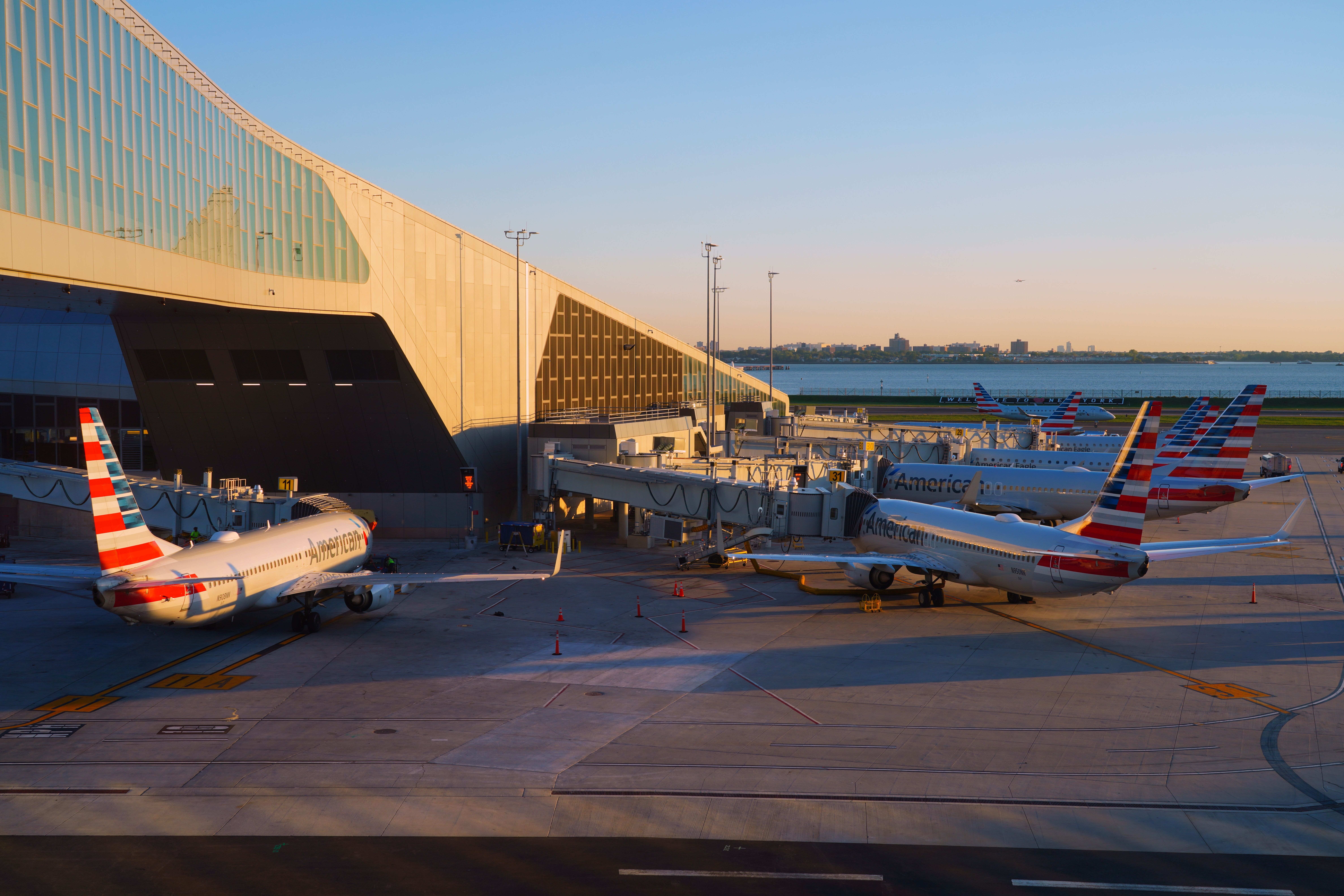
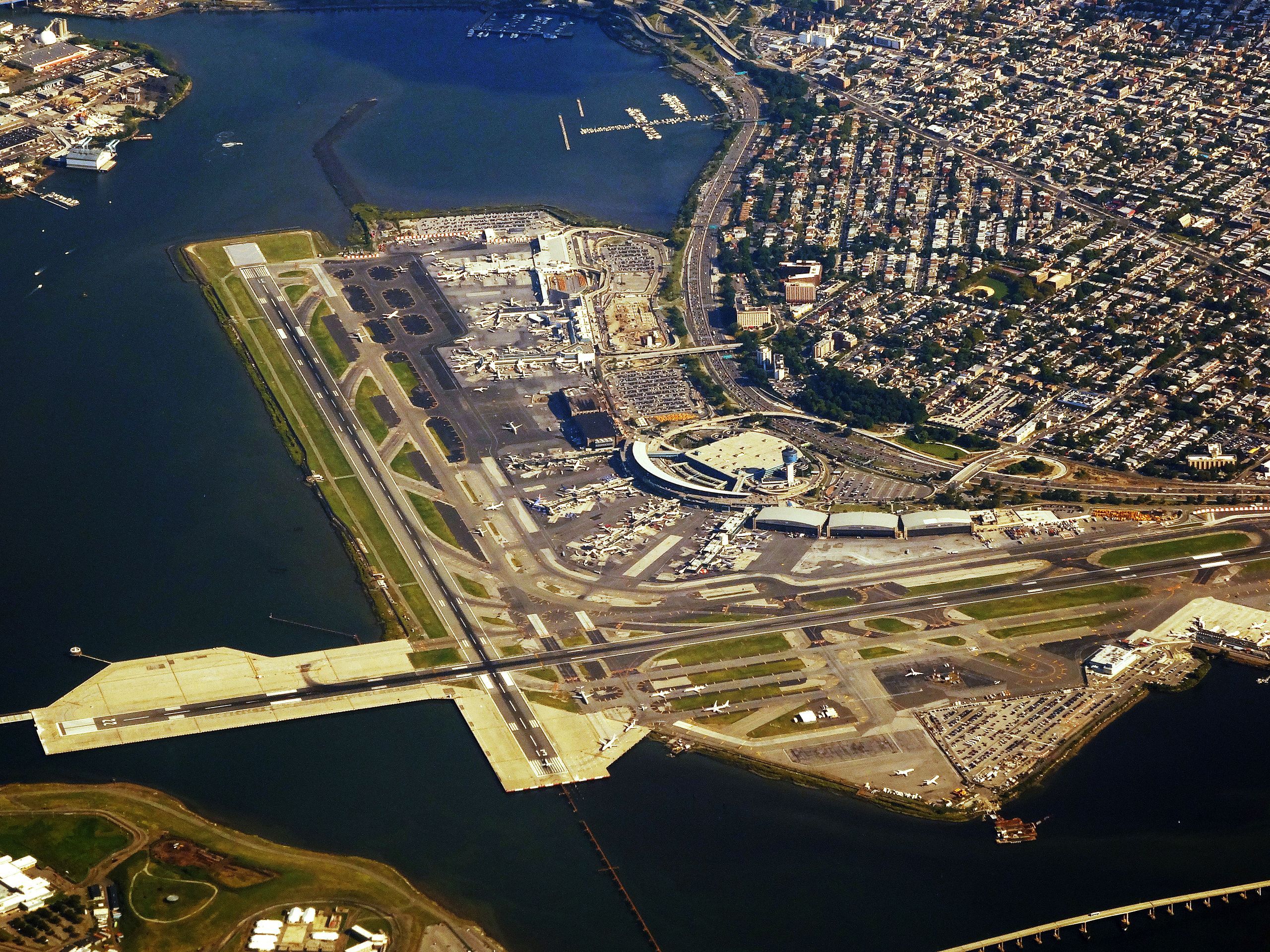
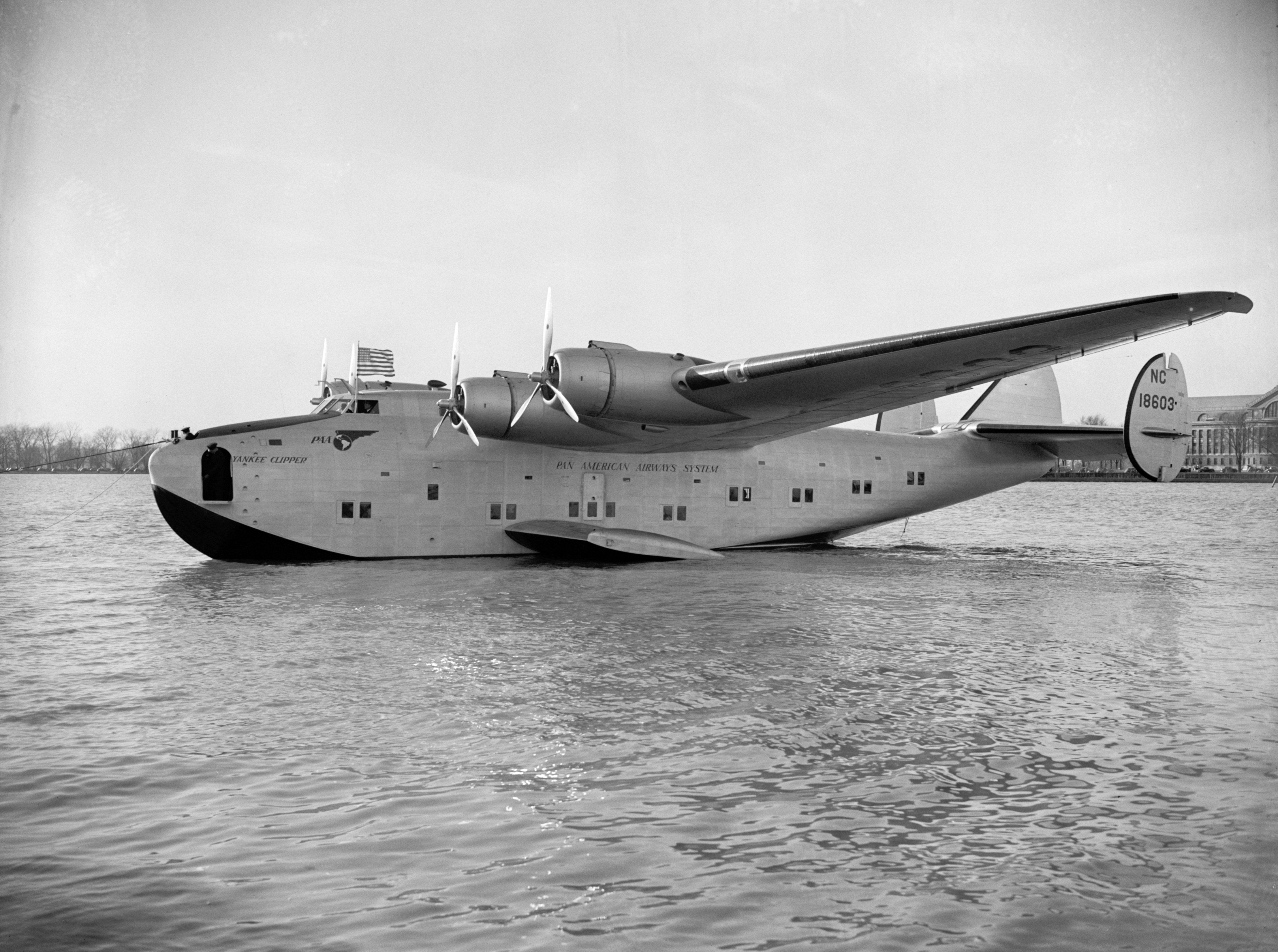
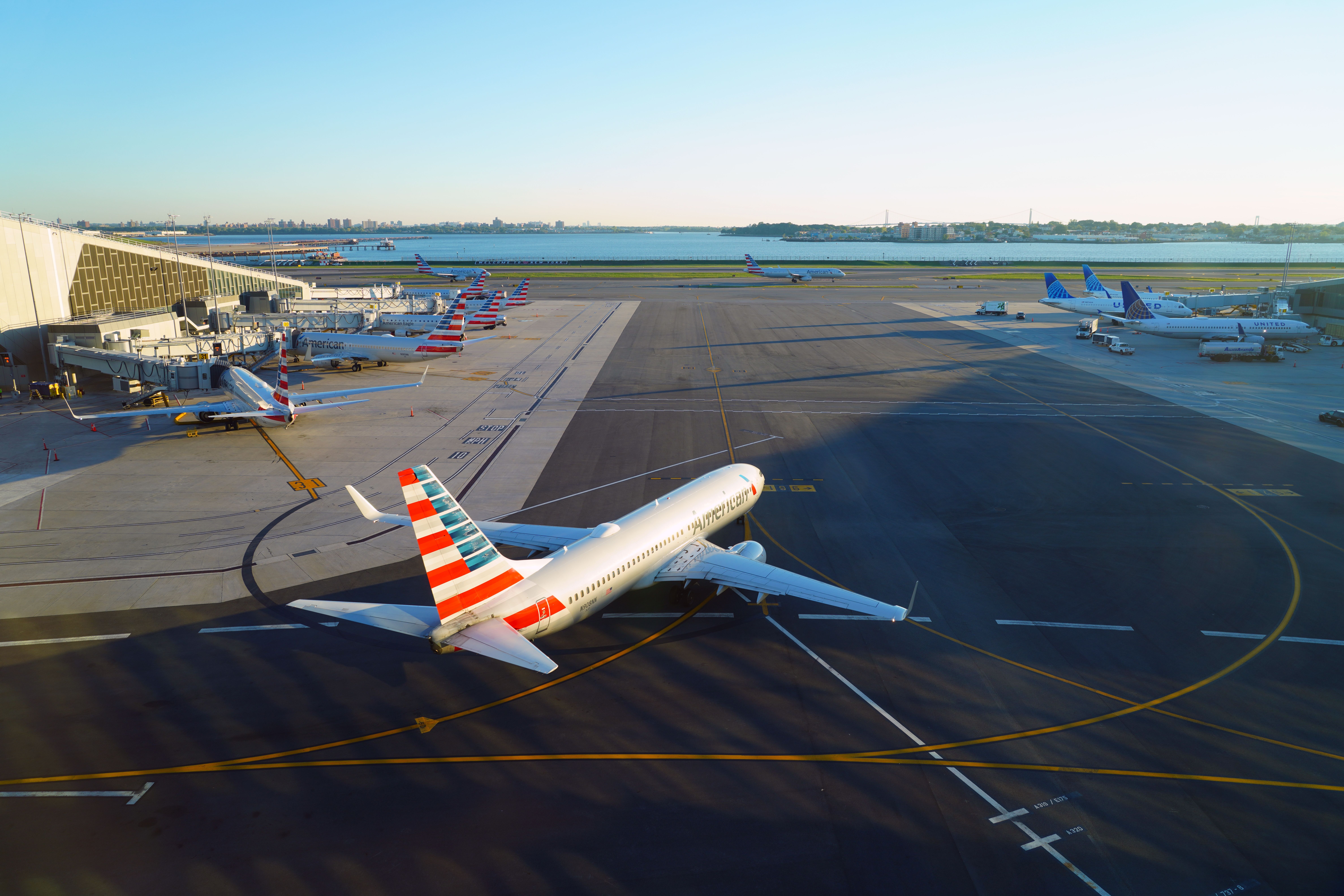
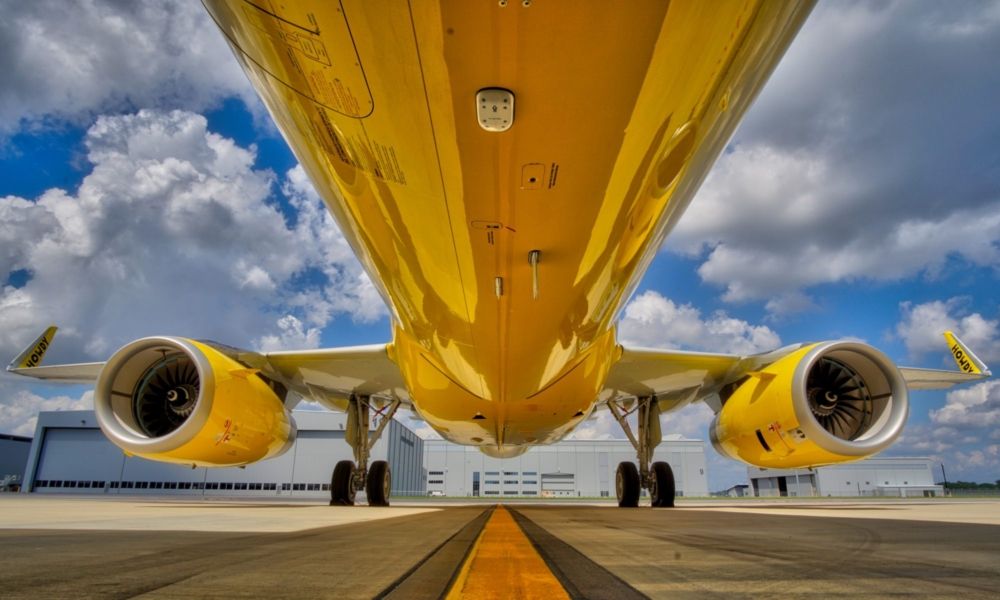
.jpg)